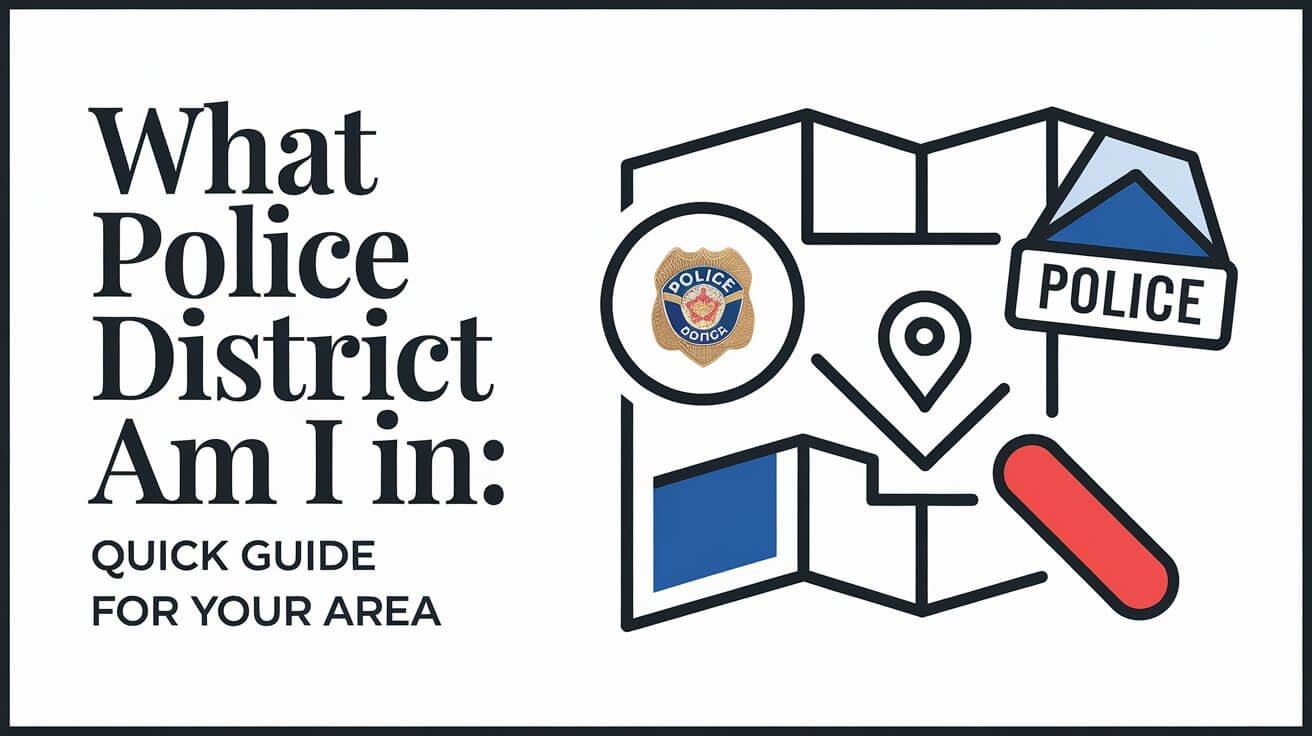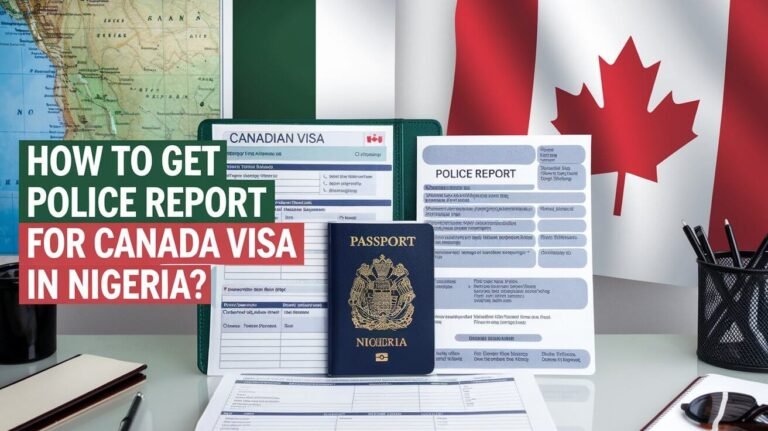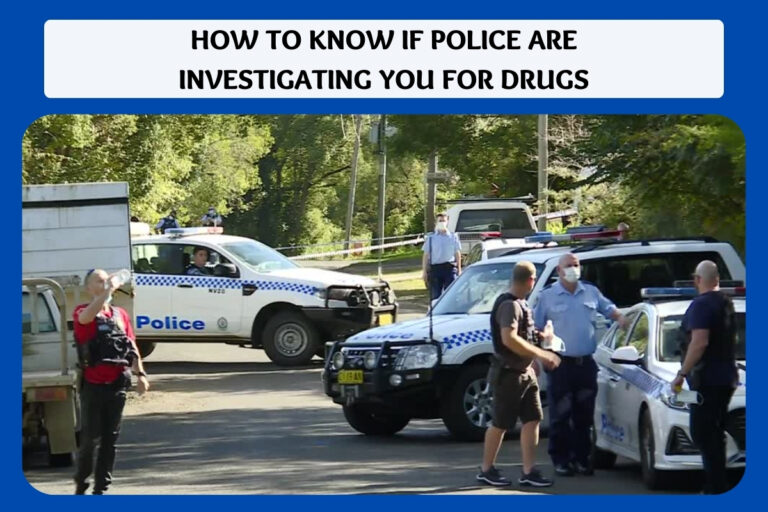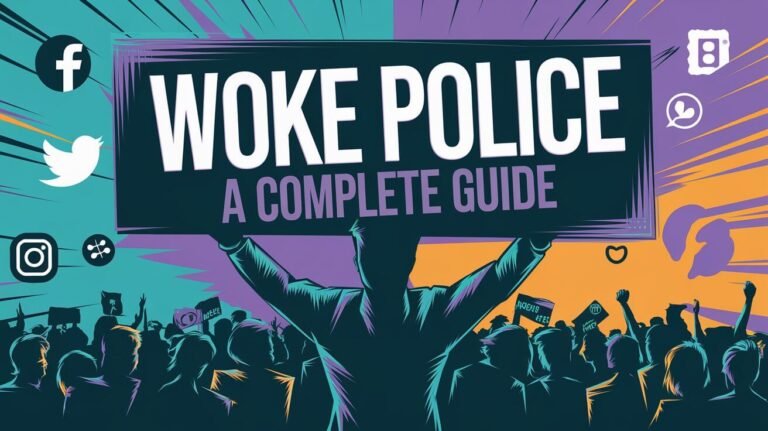What Police District Am I In: Quick Guide for Your Area

Ever wondered which police district you live in? Knowing your local law enforcement area is key to understanding your community’s safety. It helps you know who to call in emergencies and what services are available to you.
This guide will help you find out which police district you’re in. You’ll also learn more about your neighborhood’s police services. It’s a great way to stay informed and feel safer in your community.
Easy Methods to Find Your Police District Location
Finding your local police area is key for getting the right services. Luckily, there are fast ways to find your police district. You can use online tools, mobile apps, or other methods to identify your patrol zone, discover your police service area, and lookup police boundaries.
Online District Lookup Tools
Many police sites and community pages have online tools. Just type in your address to see which police district you’re in. These tools give you all the info you need, like the district number, where they cover, and how to get in touch.
Phone Directory Services
Want to try the old-school way? Use your local phone book or directory assistance. Just give them your address, and they’ll tell you the right police number for you. This number will connect you to the right district office.
Mobile Apps for District Search
Need to find your police area fast? There are mobile apps for that. They use your phone’s GPS to show you your district. This way, you can always know who’s watching your neighborhood, wherever you are.
Police District Structure and Organization
Police departments are key in keeping cities safe. They are split into police districts to work better. In the U.S., each district has its own job and tools.
The Metropolitan Police Department (MPD) in Washington, D.C., is a good example. It has seven city police sector districts. Each district is split into three parts. This helps officers focus on specific areas.
| Police District | Sectors | Police Service Areas (PSAs) |
|---|---|---|
| Washington, D.C. | 7 | 57 |
| New Orleans, LA | 8 | N/A |
The New Orleans Police Department (NOPD) also has a clear setup. It has eight districts, each with its own leader. For example, the Second District covers about 8.5 square miles.
Inside these districts, officers work in different teams. The Patrol Division handles calls and traffic. The Investigation Division works on solving crimes.
Police districts are set up differently in each city. But their main goal is the same: to keep communities safe. By dividing areas, police can serve better and faster. They also get to know the people they protect better.
Tools for Locating Your Neighborhood Patrol Zone
Finding your police district is key to getting local law enforcement help and community resources. Luckily, there are easy tools to help you find your police district or locate your precinct easily.
Street Address Search Systems
Many police department websites have search features. Just enter your street address to find your police district. These systems use GIS data to show your location and district info.
Interactive Police District Maps
Interactive online maps are great for a visual way to what police district am i in. They color-code districts and let you zoom in to find your patrol zone. Some maps also show station locations and contact info.
Mobile Location Services
Mobile apps and location services make it easy to find your police district. They use your device’s GPS to show your district info and sometimes contact details.
| District | Area (sq mi) | Population | Patrol Zones |
|---|---|---|---|
| District 2 (Idaho) | 13,000+ | 300,000+ | Multiple counties |
| District 4 (Washington, DC) | 20.78 | 78,000+ | 7 Police Service Areas |
| District 7 (Los Angeles, CA) | 42.32 | 250,000+ | 9 Reporting Districts |
Using these locate precinct tools, people can easily find their police district. This helps them access important law enforcement resources and connect with local policing efforts.
Different Types of Police Districts and Jurisdictions
Police districts in the United States differ a lot in size, area they cover, and how they are organized. It’s important to know about the different kinds of police districts and what makes them unique.
Municipal police departments handle street patrols, traffic, emergencies, crime investigations, and keeping the peace in towns and cities. They get their power from the local government.
State-level police, like fish and game wardens, watch over public areas like parks, waterways, and forests. Their main job is to make sure these places are used safely and legally.
Federal law enforcement officers focus on protecting federal buildings, investigating federal crimes, and dealing with terrorism. They work on issues that affect the whole country.
In the online world, cyber policing is mostly federal. But local and state police also use technology to fight cybercrime and keep the internet safe. These teams work to find, investigate, and stop online crimes.
| Police District | Jurisdiction | Focus |
|---|---|---|
| Municipal | City/Town | Street patrol, traffic, emergency response, crime investigation, public order |
| State | State | Natural resource protection, outdoor recreation monitoring |
| Federal | National | Federal building/official security, federal crime investigation, terrorism response |
| Cyber | National/State/Local | Cybercrime investigation and prevention |
What Police District Am I In: Essential Resources
Finding out your police district is key to knowing your local law enforcement area. There are many tools to help you find your district. These include official police websites, community police portals, and emergency contact info.
Official Police Websites
Police departments have websites with lots of info. You can find maps, district lines, and how to contact them. On these sites, you can see which district you’re in and who your officers are.
Community Police Portals
Communities also have online portals for law enforcement info. These sites have tools to lookup police boundaries, police district locator, and find your neighbourhood policing area. They help you understand your local police area better.
Emergency Contact Information
For emergencies, knowing the right contact numbers is vital. Police districts have special phone numbers for different needs. This way, you can quickly call the right people.
| Police District | Patrol Contact | Investigations Contact |
|---|---|---|
| District 5, Southeastern Idaho | 208-239-9800 | 208-239-9850 |
| College Park Police Department, Georgia | 404-766-3618 | 404-761-3131 |
Using these resources, you can easily find your police district locator, lookup police boundaries, and get the contact info you need. This helps with any neighbourhood policing area issues or emergencies.
Key Features of District-Based Policing
The city police sector has specialized units and strategies for each district. For example, District 4 in Southern Idaho focuses on illegal drugs. It works with local groups to fight this problem. Each district covers different areas, from cities to countryside, needing flexible policing.
Community engagement is a big part of district policing. Officers meet with locals to learn about concerns. In Chicago, the CAPS program trained 10,000 civilians to spot crime hotspots by 1995. By 2002, officers were responding to 66% of calls in their beats, building community trust.
Rapid response teams are key in district policing. They help officers stay ready to handle new issues. Chicago also has local police councils in each district. These councils help law enforcement and the community work together on policing.
District Boundaries and Service Areas
Police district boundaries cover a wide range of places, from cities to rural areas. For example, locate precinct in Western Idaho, District 3 serves nearly half the state’s people. This includes the capital city and its surroundings. Often, these areas match county lines, like in Idaho where each district covers several counties.
Urban District Zones
In big cities, police areas are split into smaller zones for better management. Washington, DC, has seven police districts with three sectors each, making 21 sectors in total. These sectors, called Police Service Areas (PSAs), help law enforcement focus on specific areas and connect with the community.
Suburban Coverage Areas
Suburban areas have fewer sectors than cities but cover large areas. This is common across the country, where one district might cover several counties or townships. People living here are encouraged to meet with their local PSA teams to talk about community issues.
Rural Jurisdiction Limits
In rural areas, police districts can be huge, with fewer people. Yet, community policing is just as important. Residents can find out about their locate precinct and connect with local law enforcement.
| District | Sectors | Police Service Areas (PSAs) |
|---|---|---|
| Washington, DC | 21 | 57 |
| Western Idaho | N/A | N/A |
Police District Contact Information Database
Finding your way through police districts can be tough. But, most police departments have detailed contact info databases. These databases have lots of useful info, like emergency and non-emergency numbers. They also have special lines for ongoing issues or complaints.
The Philadelphia Police Department has a helpful resource. It lists contact info for its headquarters and each district. People can discover police service area, lookup police boundaries, and access police district locator tools easily.
- Emergency (911)
- Non-Emergency (311)
- Tip Line (215-686-TIPS)
These different contact options help people get help fast, report ongoing problems, or share important info with police. By using these resources, people can learn more about their local police district. They can also work with the officers who keep their neighborhood safe.
Spending time to lookup police boundaries and get to know the police district locator helps a lot. It lets people move around their community better. They can also work together with the police who protect them.
Benefits of Identifying Your Police District
Knowing your police district has many benefits. It means faster help in emergencies and special neighborhood policing area programs for your community.
It also helps you know about local police resources and join in on area projects. Each district has its own special features, like Idaho’s District 1 with its history and nature.
- Faster emergency response times
- Access to community policing programs
- Better understanding of local law enforcement resources
- Ability to engage in district-specific safety initiatives
- Awareness of unique district characteristics and priorities
Identifying your police district lets you help make your area safer. It makes you a more informed and active member of your city police sector.
Common Issues with District Location Services
Finding the right police district and precinct can be tough. This is because of several common problems with these services. These issues make it hard to know which police to contact and get their details.
Address Recognition Problems
One big problem is how well online tools and apps recognize addresses. They often struggle, mainly in areas with complex boundaries or fast-changing cities.
Boundary Overlap Challenges
Boundaries between police areas can sometimes overlap. This causes confusion about who is in charge of a certain place. It’s a big issue when you need to find the right emergency contacts or know how to report something.
System Update Delays
Another issue is when systems don’t update quickly. If they don’t keep up with changes, the info you get might be wrong. This can lead to trouble when you’re trying to find where the police district is.
To solve these problems, use trusted and current sources. Look at official police websites and local resources. Keeping district info up to date is key to getting accurate information.
Emergency Response and District Coordination
Law enforcement’s emergency response and district coordination are key to keeping communities safe. Police districts in the U.S., like those in Henrico County and New Orleans, work together. They tackle cross-jurisdictional issues and offer full law enforcement services.
Henrico County’s Telephone Reporting Unit is open 24/7. It lets people report minor crimes and get quick help. The West Station at 7721 E. Parham Rd., Henrico, VA 23294, is a key spot for the western area. It works with other districts to handle emergencies and keep the peace.
In New Orleans, the Second Police District covers about 8.5 square miles. It teams up with other districts to meet its diverse population’s needs. Captains Bush, Hill-Dupree, Gillard, and DeLarge of the Third, Fifth, Sixth, and Seventh Districts lead by example. They’ve helped solve 55% of homicides and cut down on murders significantly.
Common Concerns
What is the police district I’m in?
To find your local police district, use online tools, phone directories, or mobile apps. These can show your neighborhood’s patrol zone and law enforcement area.
How can I quickly locate my police district?
You can find your police district online, through phone directories, or with mobile apps. These tools can quickly show your patrol zone and law enforcement area.
How is the police district structure organized?
Police districts are split into regional areas. Each area has a Patrol Division and an Investigation Division. They serve the community and handle law enforcement tasks.
What tools can I use to identify my neighborhood patrol zone?
Use street address search systems, interactive maps, and mobile location services. These tools help find your police district and access law enforcement resources.
What are the different types of police districts and jurisdictions?
Police districts vary in size and coverage. They range from urban centers to suburban and rural areas. Each has its own law enforcement strategies and specialized units.
Where can I find essential resources to identify my police district?
Find information on official police websites, community portals, and by contacting emergency services. They provide your district’s contact details.
What are the key features of district-based policing?
District-based policing includes specialized units and community programs. It also has targeted strategies to meet local needs and challenges.
How do police district boundaries and service areas differ?
Police district boundaries cover various areas, from cities to rural regions. Each district offers law enforcement services within its area.
Where can I find contact information for my local police district?
Police districts have detailed contact databases. They offer emergency, non-emergency, and reporting lines for residents to reach local law enforcement.
What are the benefits of knowing my police district?
Knowing your police district helps with faster emergency response. It also gives access to community policing programs and local law enforcement resources.
What are some common issues with district location services?
Issues include address recognition problems, boundary overlaps, and system delays. These can affect district identification, mainly in complex areas or changing landscapes.
How do police districts coordinate emergency response and law enforcement efforts?
Police districts work together and with other emergency services. They provide full law enforcement coverage, address cross-jurisdictional issues, and ensure efficient emergency response.






